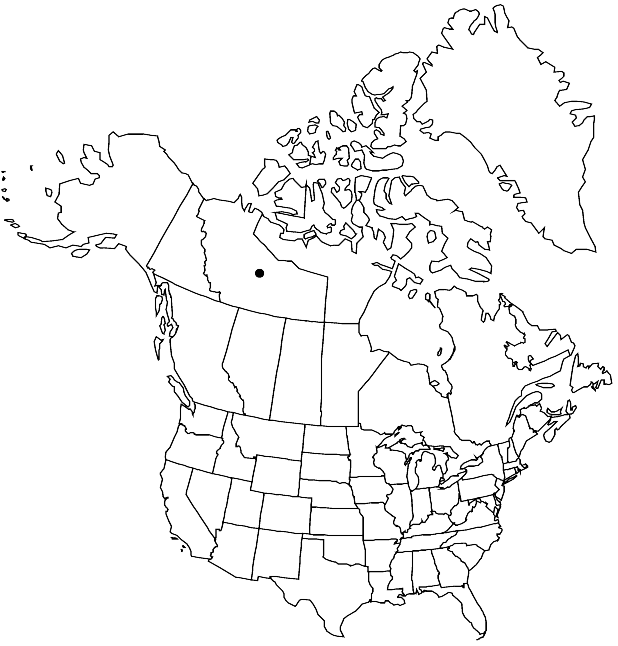Rorippa crystallina
Rhodora 64: 326, plate 1271. 1962.
Perennials; (rhizomatous); glabrous throughout. Stems (simple from base), erect, branched distally, 1–4 dm. Basal leaves rosulate; [petiole (1.5–) 3–7.7 (–12) cm]; blade [(2.5–) 4–14 (–22) cm × (10–) 20–40 (–70) mm], margins dentate to crenate. Cauline leaves petiolate or subsessile; blade ovate to lanceolate, 2.5–7 cm × 4–13 mm (smaller distally), base cuneate, not auriculate, margins dentate. Racemes elongated. Fruiting pedicels divaricate to horizontal, straight, 12–20 (–26) mm. Flowers: sepals (deciduous after anthesis), erect, oblong, 4–5 × 1–1.5 mm; petals whitish, oblanceolate, 6–8 × 2.5–3 mm; median filaments 3–4.2 mm; anthers oblong, 0.8–1.2 mm. Fruits siliques, straight or slightly curved, linear, 14–26 × 2–2.8 mm; ovules 28–40 per ovary; style 0.3–1 mm. Seeds uniseriate, brown, ovoid, 1.6–2 mm (1.2–1.5 mm diam.), colliculate. 2n = 32.
Phenology: Flowering Jun–Jul.
Habitat: Meadows, marshes, peaty soils, ditches
Discussion
In his original description of Rorippa crystallina, Rollins considered the presence of calcium oxalate crystals in the plant to be a unique feature, but this was later found to be an artifact of treating the plants with formaldehyde (R. L. Stuckey 1972; R. C. Rollins 1993). Characterization of the species as native to Canada was questioned by G. A. Mulligan and W. L. Cody (1995), who believed that it was probably introduced from China. There is no species of mustard from elsewhere in the world that closely resembles R. crystallina, and it should be considered a Canadian endemic.
Selected References
None.
Lower Taxa
"elongated" is not a number."thick" is not a number."dm" is not declared as a valid unit of measurement for this property.
